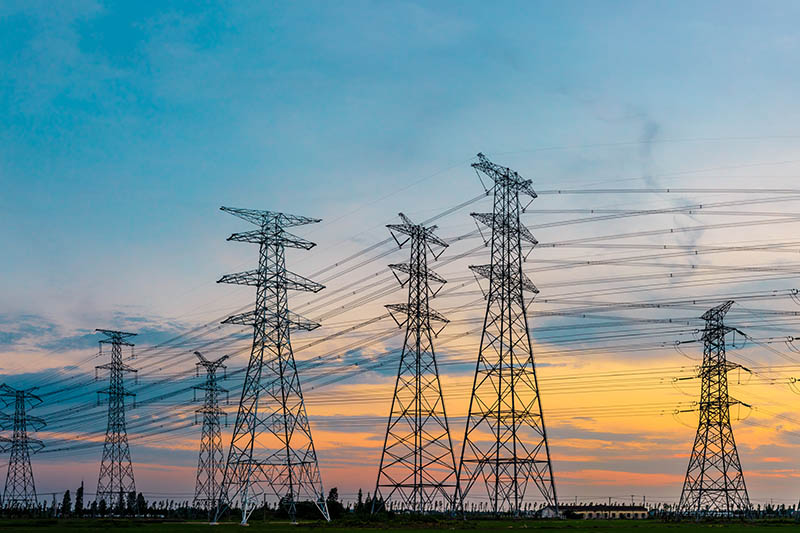A blackout is a prolonged, widespread loss of power, internet and utilities. This means: Neither light nor heating and electric stove, mobile network are working. Traffic lights and gas stations are down, public transport and elevators are at a standstill. The water can no longer flow because the pumps no longer have electricity, so the toilets do not work either.
You see: Our daily lives are highly electrified and digitized, infused with technologies. Without electricity, our lives come to a standstill. In parallel, we can’t even imagine an outage: In the industrialized countries, we have been used to a smoothly functioning power grid for many decades and cannot cope with power shortages. We simply don’t expect these otherwise reliable systems to fail.
However, blackouts occur all over the world, even in industrialized countries. The factors influencing the electricity infrastructure are manifold: Today, our energy still comes to a very large extent from fossil and nuclear energy sources. For many decades, it was also completely clear who produced and supplied this energy or electricity: Power plants centrally planned and supplied us with the energy we needed.

We live in a high-tech, digital world in which electricity is the basis. A blackout has fatal consequences. Credit: Shutterstock
Sustainable energy sources replace fossil
Now this is changing: On the one hand, fossil and nuclear power plants are to be replaced by ecological and sustainable energy sources. These include wind, sun and water, geothermal energy and energy from biomass. And on the other hand, this system will be massively and fundamentally changed in the long term: Every one of us can become a small electricity producer thanks to photovoltaic systems. We can store this electricity and use it to a large extent for our own needs – or we can export this electricity to the grid. This large number of electricity producers requires grid stabilization measures: electricity flows through the lines in Europe at 50 hertz, and this frequency must be kept stable. If, for example, more power is drawn from the grid than is supplied, frequency disturbances will occur – faults may result.
Power plants stabilize the energy grid and are therefore essential. Furthermore, they are necessary because they produce stable energy – independent of wind and weather. For example, we rely on power plants, especially in the winter months, because hydroelectric and solar power plants do not provide enough electricity during this time of year. Renewable energy sources produce more electricity on windy and sunny days than on windless rainy days.
However, the energy transition in Europe is very poorly planned and is not being implemented systematically. For example, nuclear and coal-fired power plants (in Germany) are constantly being shut down without providing sufficient alternative sources and stabilizers in the background. Small deviations can be buffered, but too large an imbalance will cause the network to collapse.
Recommended reading: Blog of blackout expert Herbert Saurugg






